The 1980s and 1990s spring to mind when we think about some of the best cartoon shows of all time. The era of everlasting classics, on the other hand, was preceded by a period in which cartoon shows began to gain popularity. Rustic cartoons from the 1970s have a particularly enduring charm to them.
Yes, they did appear to be quite different from the subsequent cartoon shows. The animators’ sketches were given greater attention than the visual effects. You will hear the same music tracks over and over again, as well as a presentation style that has faded with the passage of time.
But, make no mistake, the 1970s marked the beginning of the true golden age of animation. It established the tone for several characters who would go on to win the hearts of billions of people in the years to come, and now we have decided to take a trip down memory lane to offer you some of the best from that time period.
Battle of the Planets (1978)
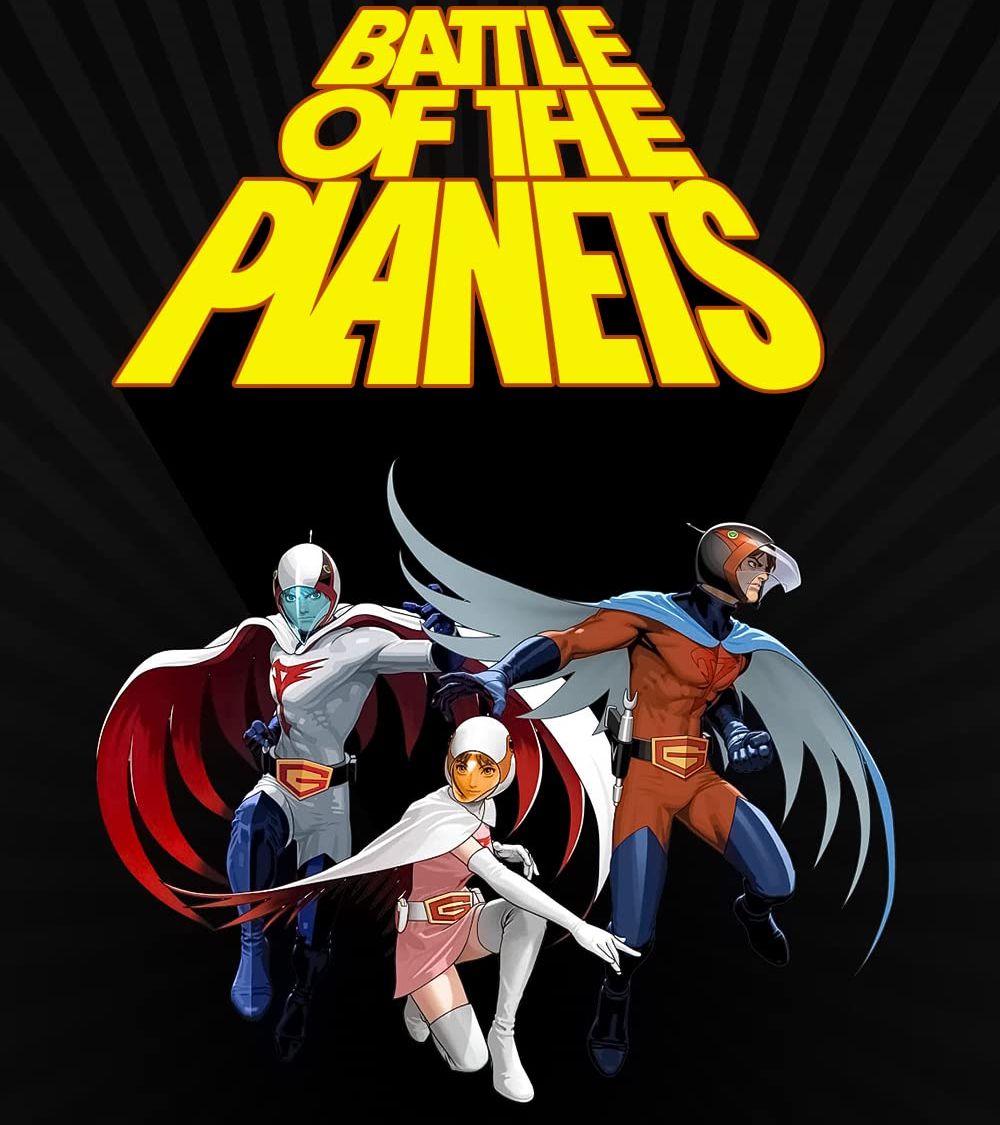
Zoltar is the ruler of planet Spectra, and he and his evil soldiers try to conquer the planet Earth and its space colonies. However, there are some very capable defenders in the form of the G-Force, a group of five teenagers who have their own unique superpowers.
They also have the gift of technology and together with their high-tech vehicles, weapons, and special costumes, they defend the planet from Zoltar’s wrath. The defense of the intergalactic federation is their responsibility, and the teenaged orphans have pledged their lives for the same. Welcome to the world, where brute force meets firm resolve and determination, and you can be sure of some fireworks!
Battle of the Planets was as simple as it gets. The storyline did not have any complications and the disjointed and simplistic episodes were very easy to get the hang of. The footage is largely taken from a Japanese anime series titled Gatchaman, but the narrative was changed a bit to suit the American audience.
The violence was toned down considerably, and the show intended to cash in on the hype created by Star Wars. Although the show came in the 70s, it predates the aesthetic and themes of some future cartoons. The attention to the characters brings life to the show, and they all had real human feelings and motivations. The censorship did take some fun out of the series, but it still deserves the tag of a cult classic simply for being so awesome and so ahead of its time.
Scooby-Doo, Where Are You? (1970)
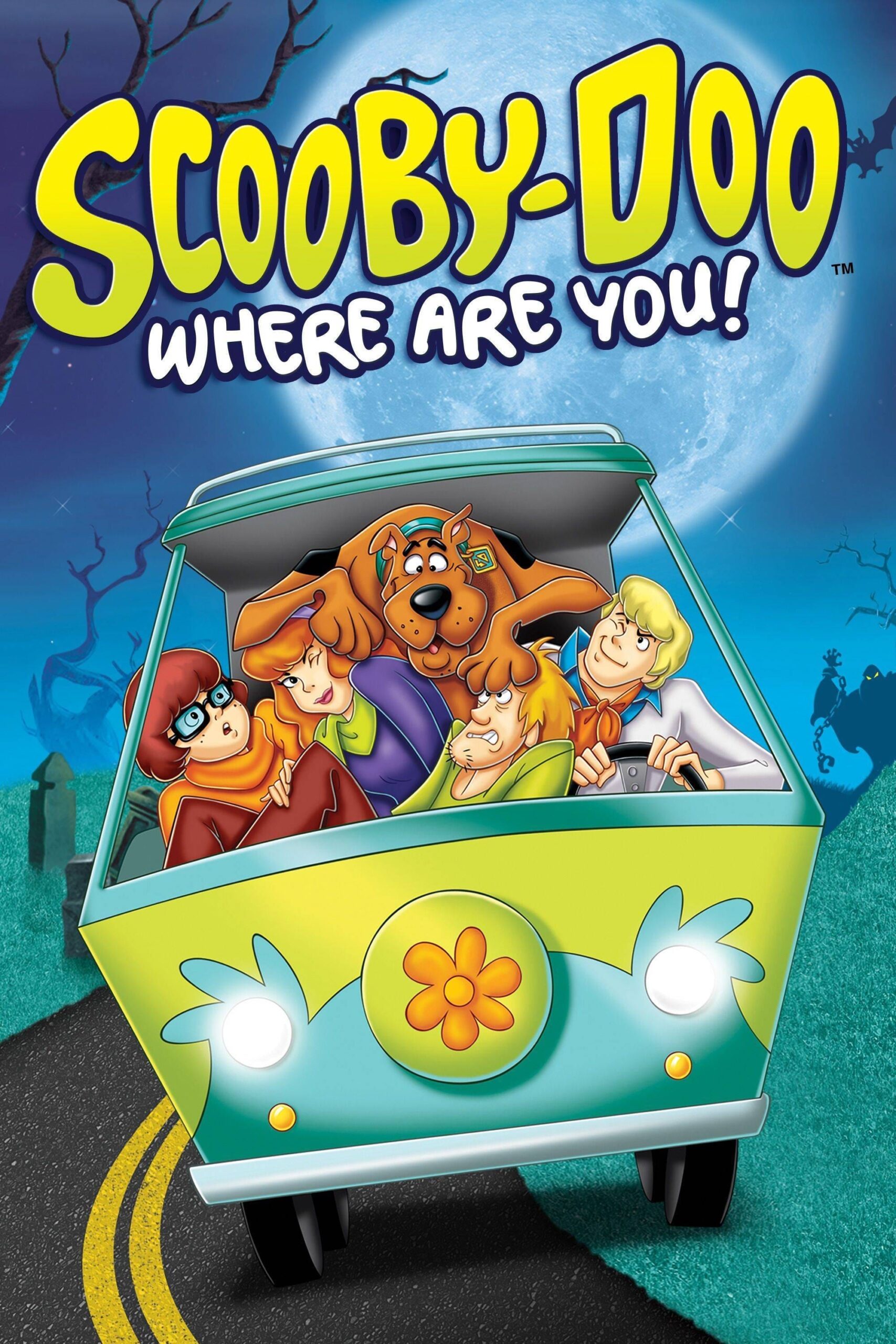
You are all familiar with the concept because Scooby-Doo has been an iconic cartoon show that has stood the test of time. The 70s portrayal was fun to watch, and the narrative usually involved four high school students and their companion dog, Scooby-Doo, out to solve some paranormal mysteries. They are usually driving around in their van, the Mystery Machine, and all of a sudden, they get involved in some car trouble.
Miraculously, their unintended destination ends up being a place dealing with some kind of supernatural problems involving monsters or ghosts. The group starts investigating the matter, and more often than not it turns out to be some kind of foul play. They always end up solving the mysteries, and the diverse group dynamics make it fun to watch them go at it!
Scooby-Doo is a classic children’s TV at its finest, and the formula has been beaten to death over the years. This is the Scooby series that started things off, and even with a rather simple premise the show always managed to be entertaining. Shaggy and Scooby, the freaked out Great Dane is hilarious, and the group of young sleuths serve up quite a comedic performance.
It is a light-hearted show in general, and the animation quality is pretty good for its time. Yes, the younger crowd might find these to be dated, but the typical Hannah-Barbara style of animation will ring a familiar bell for the veterans. It used to be an engaging staple of Saturday mornings, and even today, it is regarded as one of the best Scooby-Doo adaptations.
The Flintstones (1970)
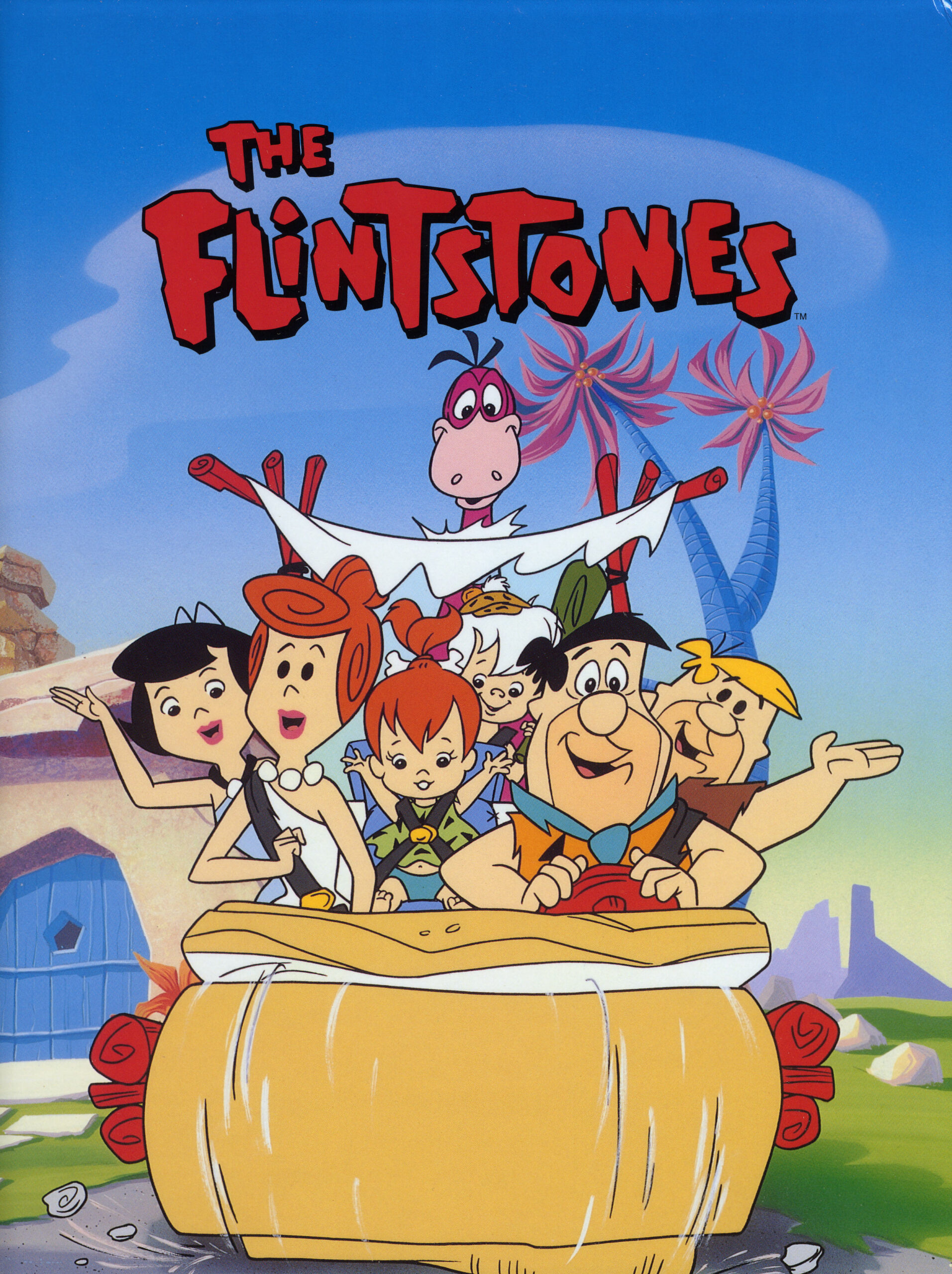
This came just before the 70s and set the tone for the era with its fine brand of content. The Flintstones explored the misadventures of two Stone Age families, who happened to exist in the modern-day. Fred Flintsone had a job at the quarry, and he lived a regular family life, while also enjoying the opportunities to bully his neighbor Barney Rubble. The show is mainly reliant on the humor that took shape from the modern conveniences and technology, especially in light of Stone Age tech.
We cannot stress enough the importance of simplicity in the narrative, and it didn’t take much back in the day to create a perfect animated show that also delivered some precise lessons on family, friendship, and social status. It was a typical feel-good show that was fueled by well-written dialogues and some heart-warming stories. The humor was always on point, and the basic, yet visually pleasing animation was another positive for the series.
The Flintstones was inspired by The Honeymooners, but there was enough originality and content to make it distinct and appealing. It was not intended for kids, and neither was it a random sitcom – it was just a miraculously good Hanna Barbera cartoon, and probably one of the funniest as well. In short, if you want to have a few good laughs over a smart satirical, and witty show, you need to check out this version of The Flintstones.
Schoolhouse Rock (1973)
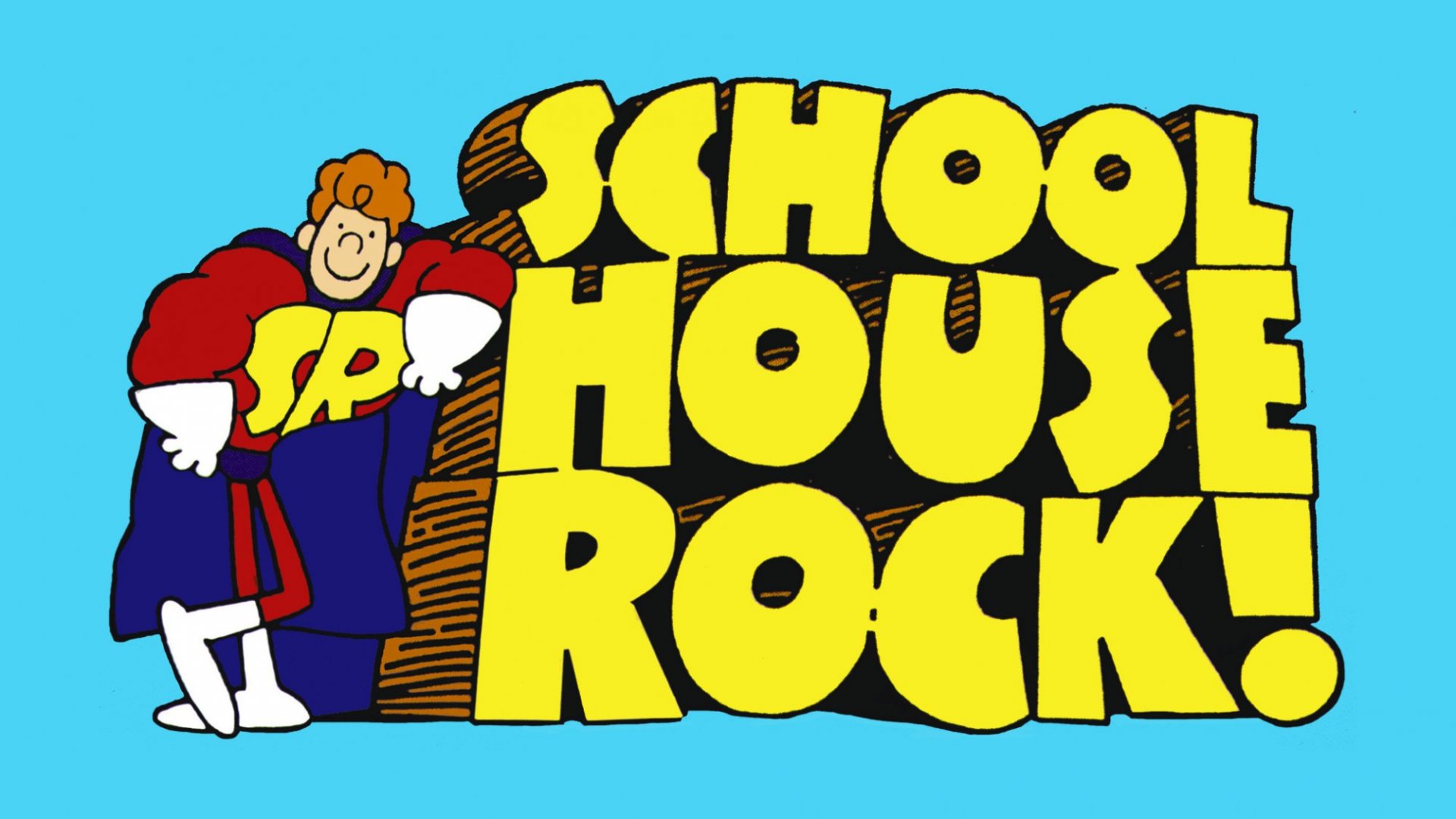
Who could have imagined that a simple musical animated series could be so much fun to watch! Schoolhouse Rock was nothing but a collection of educational shorts that illustrate various songs to teach stuff to the kids. You would have everything from science to tables to grammar, and subjects like American history, environment, and economics, were also covered in an entertaining manner. This was one show that our parents did not mind us watching, and we have some very fond memories of using this cartoon show to do some of our homework!
It has to be said that the one who came up with the concept of Schoolhouse Rock was an absolute genius. The show was intended to make learning fun for kids, and back in the day, it was almost a revolutionary idea. It helped kids in getting their basics right, and the catchy presentation ensured that they would never feel the stress of conventional lessons. The episodes were quite entertaining, and the multiplication rock and grammar rock came in very handy to get a grasp on the subjects.
The creative visuals and simple delivery made sure that things easily got stuck in the head, and teachers reportedly loved the impact it had on the kids. The songs were always the focus of the show, and they did not disappoint because almost all the musical bits were brilliantly done. This family-friendly and educational show was addictive, and this was one addiction that no one seemed to mind!
The New Tom and Jerry Show (1975)
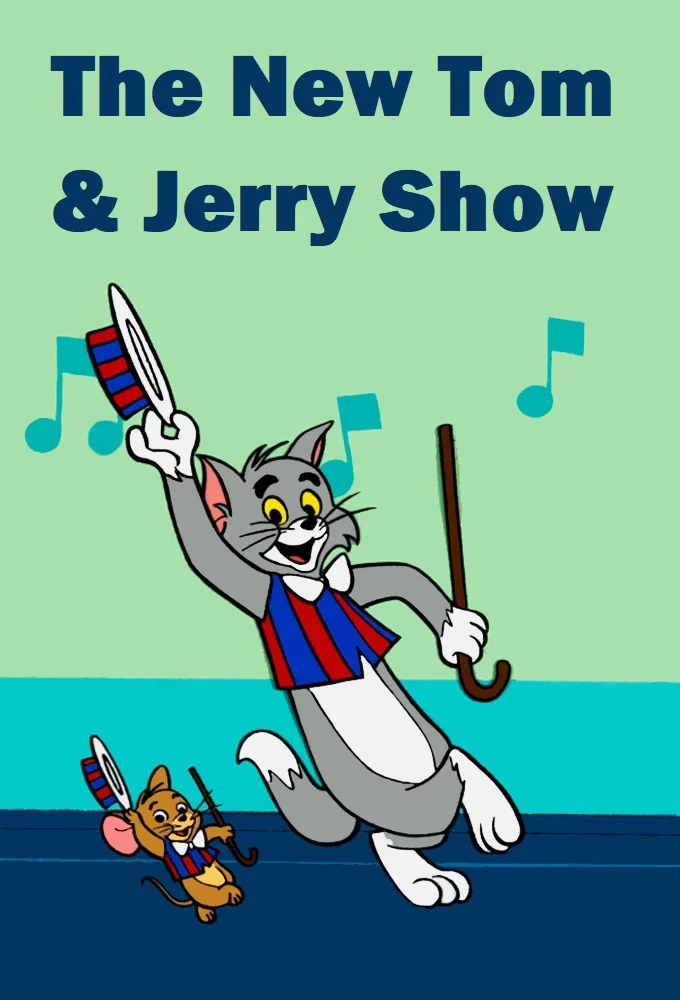
Tom and Jerry is an evergreen cartoon show that needs no introduction. It was good then, and it is equally enjoyable now, but a lot has changed in terms of presentation and animation quality. The 70s Tom and Jerry Show lasted for a solitary season, and it was simply a continuation of the classic tale of a cat-and-mouse duo who were generally known to be at each other’s throats. This time, however, they are close friends, and together they become a part of several adventures.
Before we begin talking about this show, we must reveal that not all Tom and Jerry fans are fond of this particular portrayal. Many think of it as an abomination for tampering with the concept so much, and the brilliance of the classic MGM cartoons was firmly etched in the minds of the viewers. But, we beg to differ because we consider this show to be way better than it is made out to be.
Yes, you will miss the hilarious violence and tense chases, but the adorable side of the chemistry between Tom and Jerry is also quite enjoyable. The stories were sweet, and the art team infused a lot of colors to make them visually appealing. It was a classic that was the perfect show to tune into after a tiring week, and Tom and Jerry teaming up was a new experience altogether. The MGM episodes are undoubtedly a different breed altogether, but who made it a rule that two different types cannot coexist!
Captain Caveman and the Teen Angels (1977)
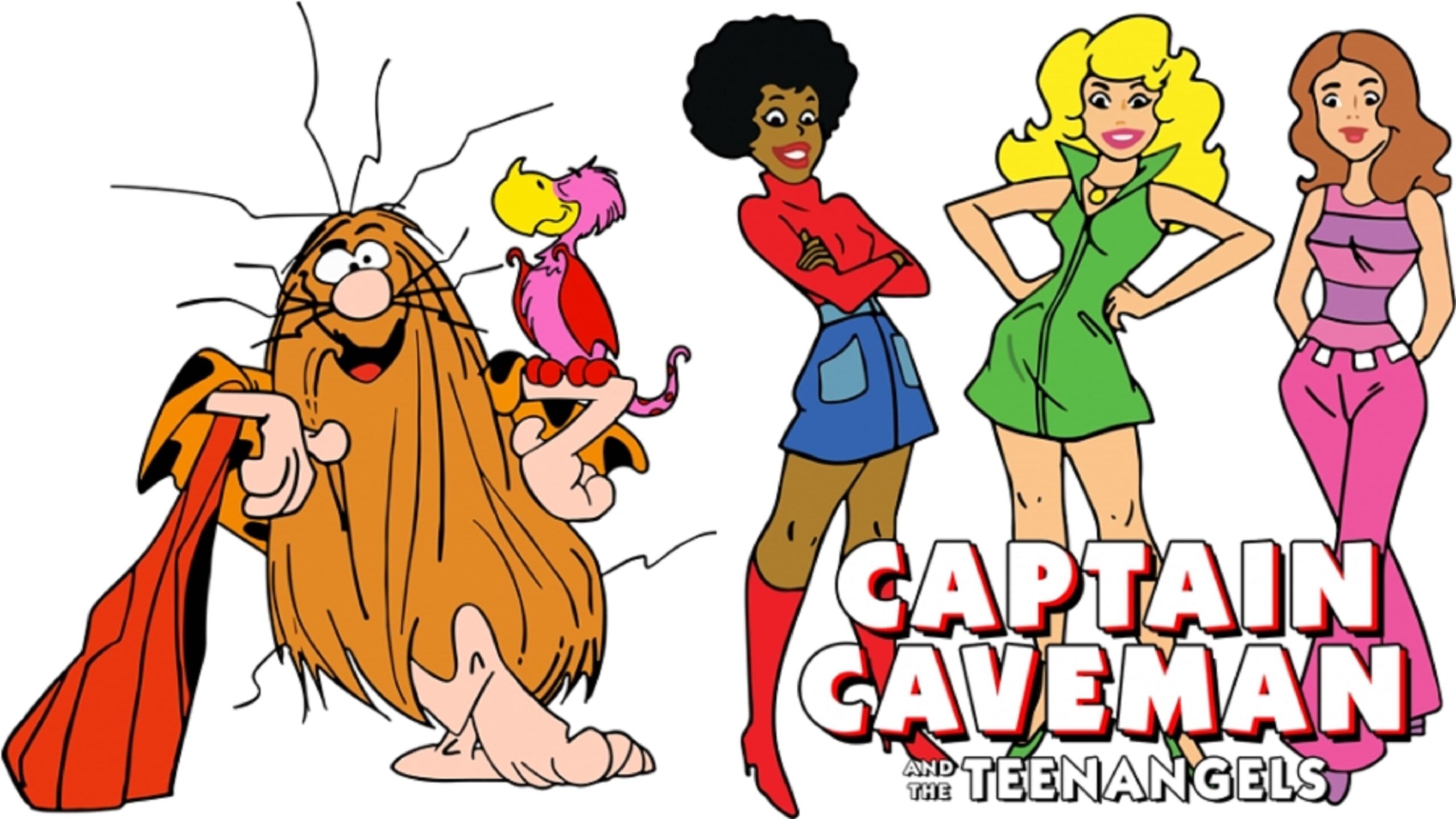
Charlie’s Angels were released in 1976, and it became extremely popular very quickly. This show was a parody that utilized the concept in a fun manner, and the Teen Angels were actually inspired by another Hanna Barbera series titled Josie and the Pussycats. It introduced a heroic character, Captain Caveman, and it promised plenty of hilarious moments in every episode. It had a successful run for three seasons and the stories were usually centered around the mysteries they solved together. The Teen Angels acted like the Scooby-Doo gang, and Captain Caveman was always there to use his gadgets and intelligence to catch the villains.
The whole Scooby-Doo meets Charlie’s Angels concept was an interesting one, and the idea worked because of a script that could keep you on your toes. The show even introduced a character who would go on to appear in two Flintstones spin-off shows later. Captain Caveman had some goofy stuff happening in every episode, and even the destructive bits ended up being hilarious.
The promising team went on a series of adventures, and this often included some scary missions or deadly adventures as well. The voice acting was perfectly done, and Mel Blanc voicing Captain Caveman was the icing on the cake. Overall, it was a pretty decent show back in the day, and it can certainly be revisited to experience some good old cartoon gems!
The New Adventures of Batman (1977)
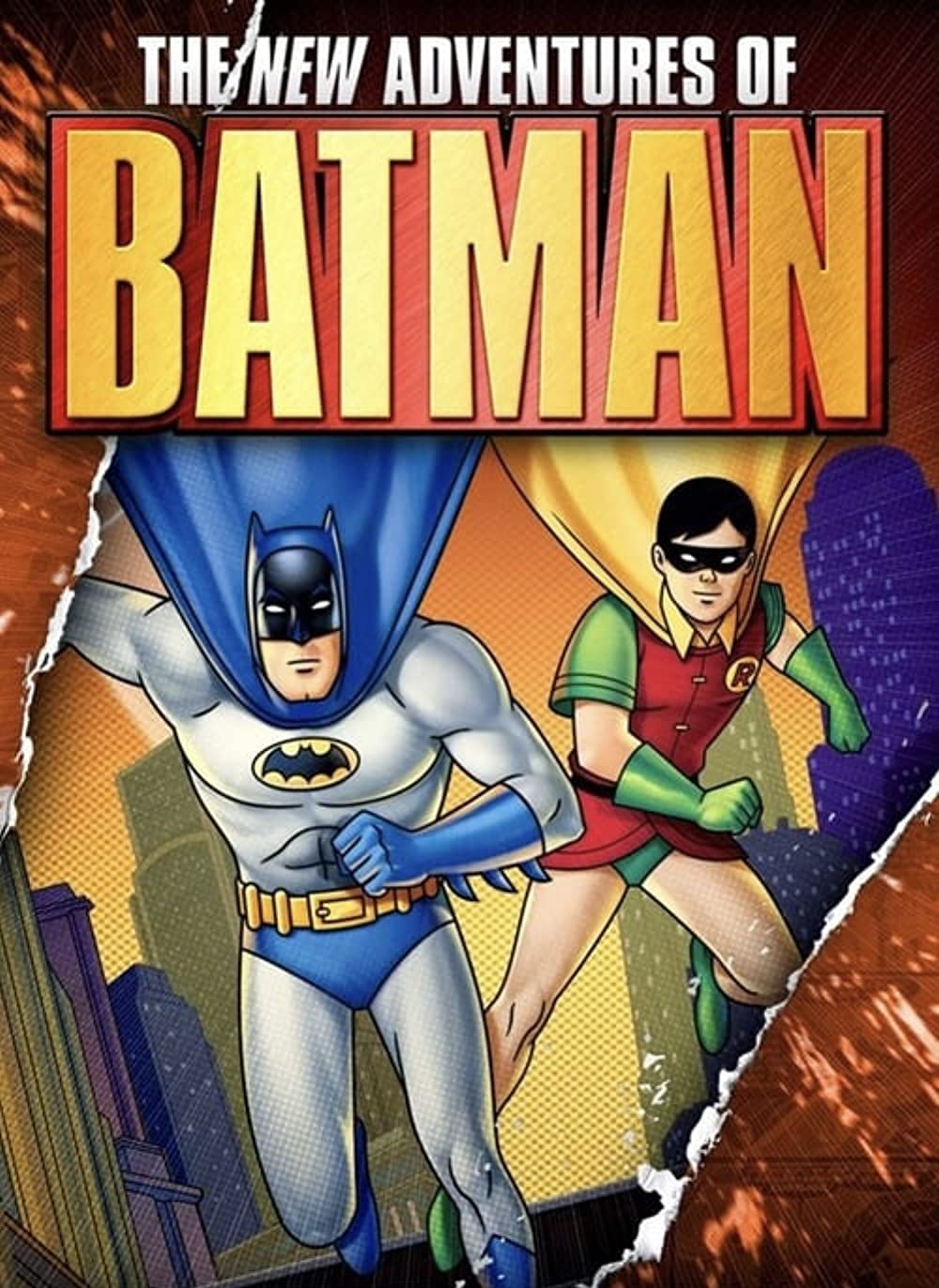
Batman is busy fighting crime in Gotham City as always, and he is assisted by some familiar allies like Batgirl and Nightwing. As he takes on various baddies in the city, he is faced with a strange situation. An imp from another dimension, Batmite, thinks of himself as the biggest fan of Batman, and he wants to be involved in every single mission. Even if Batman doesn’t need his help or chooses to avoid him, Batmite finds a way to become a part of every adventure, often causing some problems in the process.
We are simple people. We see Adam West as Batman, and we immediately fall in love with the show! The New Adventures of Batman sometimes felt like a comic book on screen because of all the colors, and Burt Ward as Robin was another drawing point for the series. The presence of Batgirl and Batmite ended up being fun sidekicks that added to the entertainment value, and the show was largely kept fun and easygoing.
Naturally, a Batman show for kids did not thrive on the dark stuff, but you do get to see some of the most notorious Batman villains, such as Joker, Mr. Freeze, Penguin, etc. The Bat equipment and weapons looked pretty cool, and the only thing wrong with the show was that it ended abruptly after a year. We would certainly recommend you to check out this child-friendly version of Gotham City because it still manages to handle the best bits of the Batman legacy.
The Fantastic Four (1978)
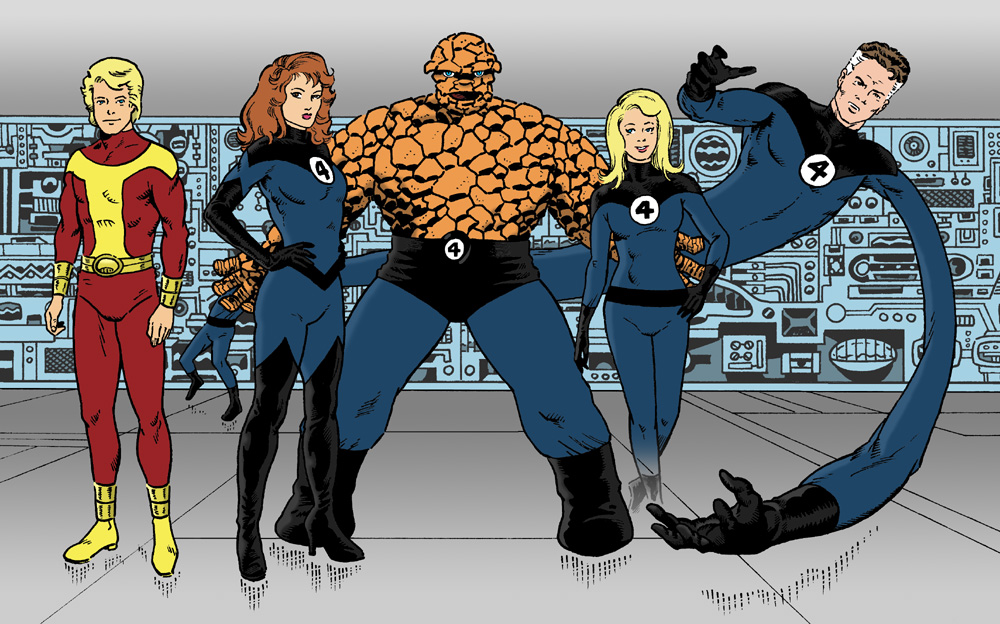
The crew of a spaceship finds themselves mysteriously altered after being hit by cosmic radiation. They manage to crashland alive, but they are changed forever, with some strange superpowers. The leader of the crew, Scientist Reed gains the ability to stretch or twist his body into any shape. Sue Storm acquires the power of invisibility, and she can also project telekinetic force fields. The pilot Ben turns into a super-strong creature, and together with their robot assistant, they deal with various threats to the Earth and form the superhero team called the Fantastic four!
This was the second animated venture for the classic comic book heroes, and they had to leave out the character of the Human Torch. It was believed that the character of The Human Torch from the comic books was left out because it could prompt children into putting themselves on fire! However, the reality is that the makers did not have rights to the character in the first place.
They substituted him with Herbie the robot, and people have mixed views about the presence of this new addition to the group. But in all fairness, the show still turned out to be great and the plots in most of the episodes were quite engaging. The animation style was nicely handled, and the only major flaw was leaving out Doctor Doom completely! Many will say that the 1967 series was far better, and while we don’t want to compare, we will advise you to check this one out as well!
The New Adventures of Flash Gordon (1979)
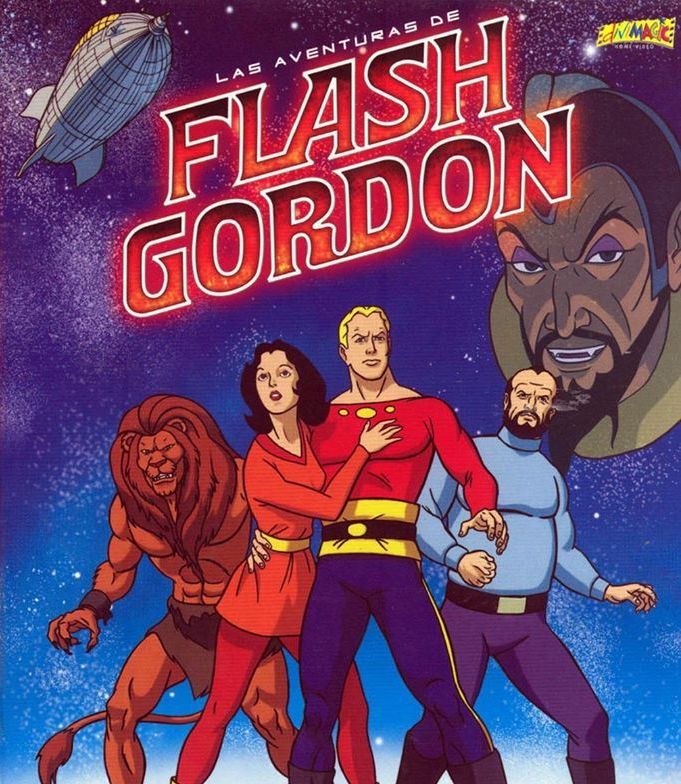
Ming the Merciless is a tyrannical ruler spreading chaos on planet Mongo, and the iconic space hero Flash Gordon comes to the rescue. He heads to the planet with his girlfriend Dale and the scientist Hans Zarkov in order to prevent the evil dictator from taking over the universe. Flash also ends up finding some unexpected allies and together, they stand up to the powerful ruler who dreams of dominating the entire universe. Filmation might have been one of the cheaper animation houses back then, but Flash became their new milestone.
The comic book enthusiasts were already well-versed with the story, but the valiant fight for truth and justice was exciting to watch as a cartoon. The show managed to capture both the look and storyline of the comic book, and the continuity of the episodes was handled brilliantly. This was a Saturday morning cartoon at its best, and the animation quality leaves nothing to complain about.
The heroes look perfectly suited to their roles, and the presence of some alluring ladies adds to the charm of the show. They also managed to make outer space extremely appealing, and the voice of Flash Gordon was Robert Ridgley, who did an amazing job. The overuse of stock footage might be annoying at times, but it is only a minor flaw in such a terrific project. This was undoubtedly a great adaptation of a classic comic strip, and it is unfortunate that the show didn’t survive as long as it should have.
Speed Buggy (1973)
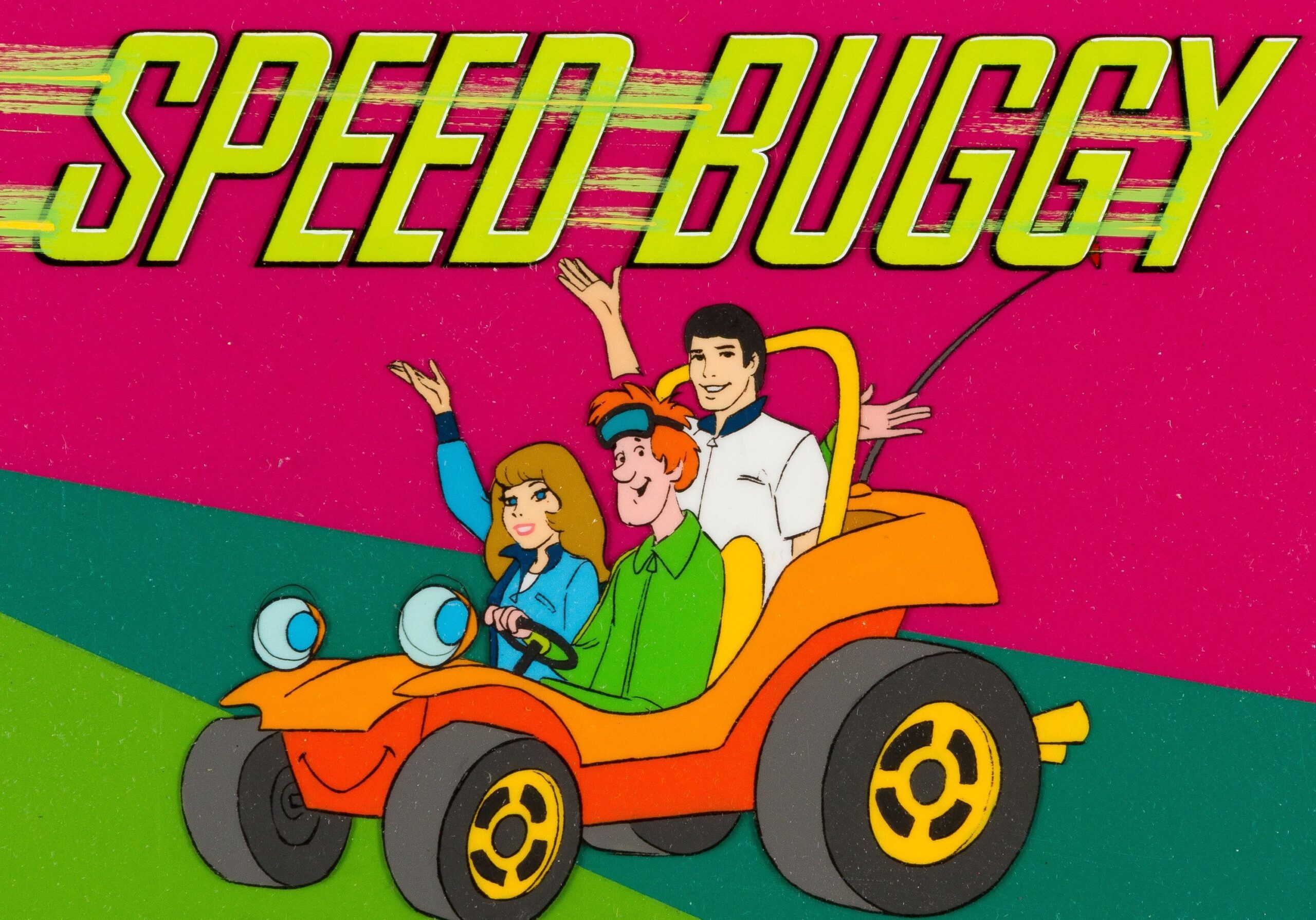
A supercar with a mind of its own is a tried and tested concept in cartoon shows, and Speed Buggy is probably one of the best in the genre. Three friends, Mark, Debbie, and Tinker decide to participate in car races, and Tinker builds a unique remote-controlled car, which they call Speed Buggy. This car happens to have its own brain, and together they become a versatile group that takes part in races, solves mysteries, and gets involved in various adventures. The car is super cool, and it can also fly and float on water apart from traveling at great speeds. Speed Buggy often helps them in dealing with some of the villains along the way, and it ended up being a gem of a show that lasted only a solitary season.
It is one of the tragic instances, where a successful show ended up being canceled abruptly. The popularity of Speed Buggy was so insane that it aired on three major networks. The storyline was interesting, and we loved watching the young kids land themselves in trouble, where Speed Buggy would bail them out. It was a dream of every kid to have such a helpful toy, and we couldn’t have asked for anything better than veteran voice actor Mel Blanc being the voice of the titular character. Speed Buggy was the most adorable, little race car, and this wonderful show left plenty of good memories
Jabberjaw (1976)

Isn’t it wonderful to watch something old that was premised in the times we live in now? Jabberjaw offers one such intriguing cartoon show, where the story deals with some amazing undersea adventures of a talking shark. The plot is set in the year 2021, and the shark has some human companions, who are also a part of a band together! The storyline might seem a bit out of place, but it was all fun and games back in the day, and kid’s cartoons could certainly get away with some ridiculous stuff.
Jaws created quite a stir after its release in 1975 and this cartoon show introduced a very different kind of Great White Shark – one that was man’s best friend! Many have gone on to say that the show was simply a rip-off of Scooby-Doo and Josie and the Pussycats, and many of the plots have been simply copy-pasted from the latter. They do have a point, and the lack of originality does hurt the show a bit. However, it was still a fun adventure full of music and mysteries, and there were always going to be takers for such a show. Jabberjaw did not last long, but during its brief presence, it did manage to entertain the viewers with its gimmicks and clone jokes. It is definitely not a classic, but not a dud either!
The Roman Holidays (1972)
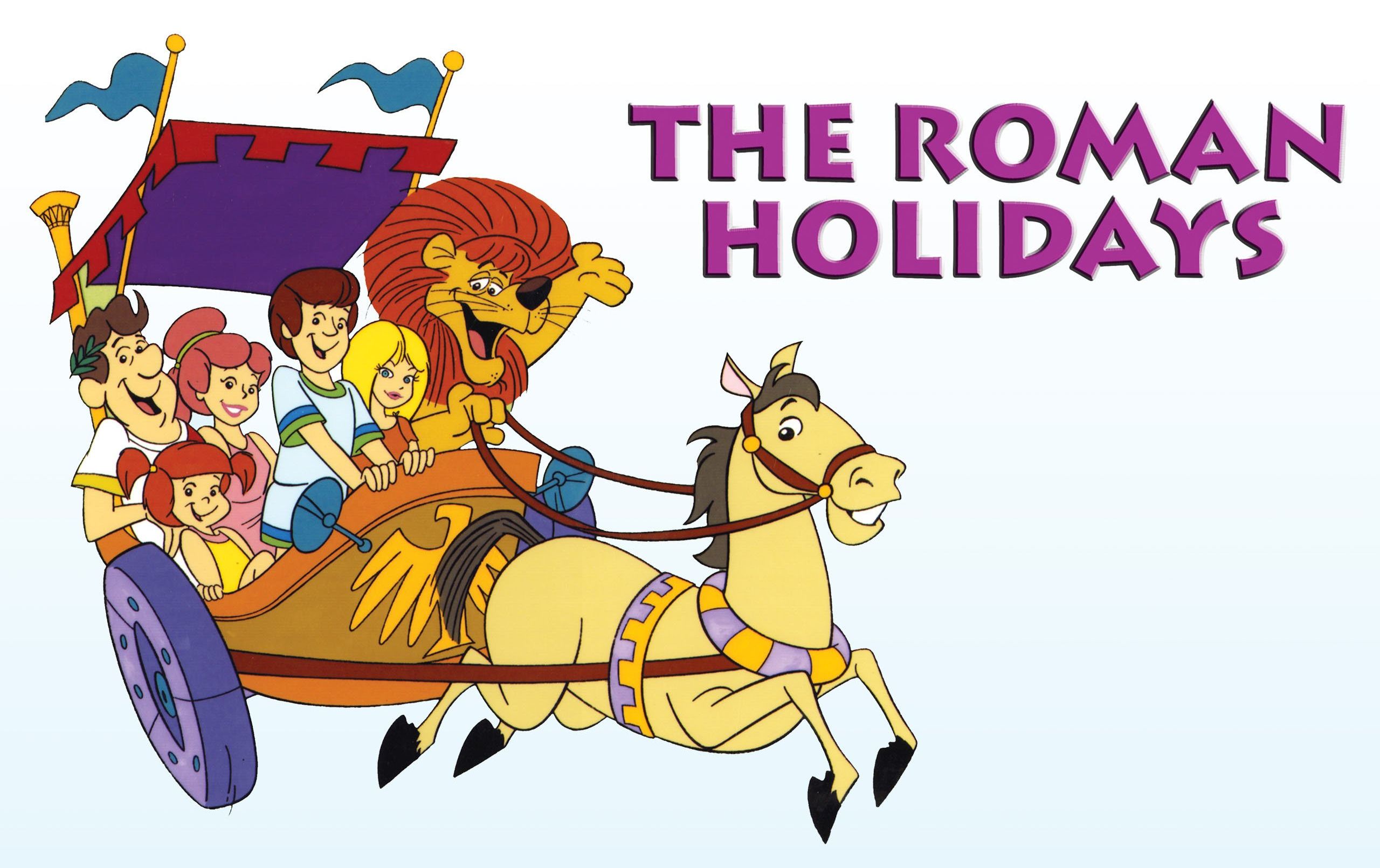
This was another classic from the Hanna Barbera animated series, and the creators were the same people who made the Flintstones. Essentially, the plot for this show is not much different, and the only twists and changes come because of the era things take place in. The Roman Holidays were set in ancient Rome, and the time period is roughly around AD 63. The narrative looked into the adventures of the Holiday family, similar in style to the likes of The Jetsons, and even the characters were typical of this genre.
For those who like their share of light-hearted comedy, The Roman Holidays will not have a dull moment. The jokes are witty and the show promised enjoyable entertainment that appealed to the kids in particular. The quality of the animation wouldn’t take your breath away, but it wasn’t too terrible either. The Roman Holidays was more about the written content, and it never disappoints in terms of the script. It was a perfect family show, and the brand of humor could be enjoyed by both kids and adults. It is a shame that such concepts are hardly explored nowadays, and this imaginative and creative side of cartoon shows is almost extinct today!
SuperFriends (1973)
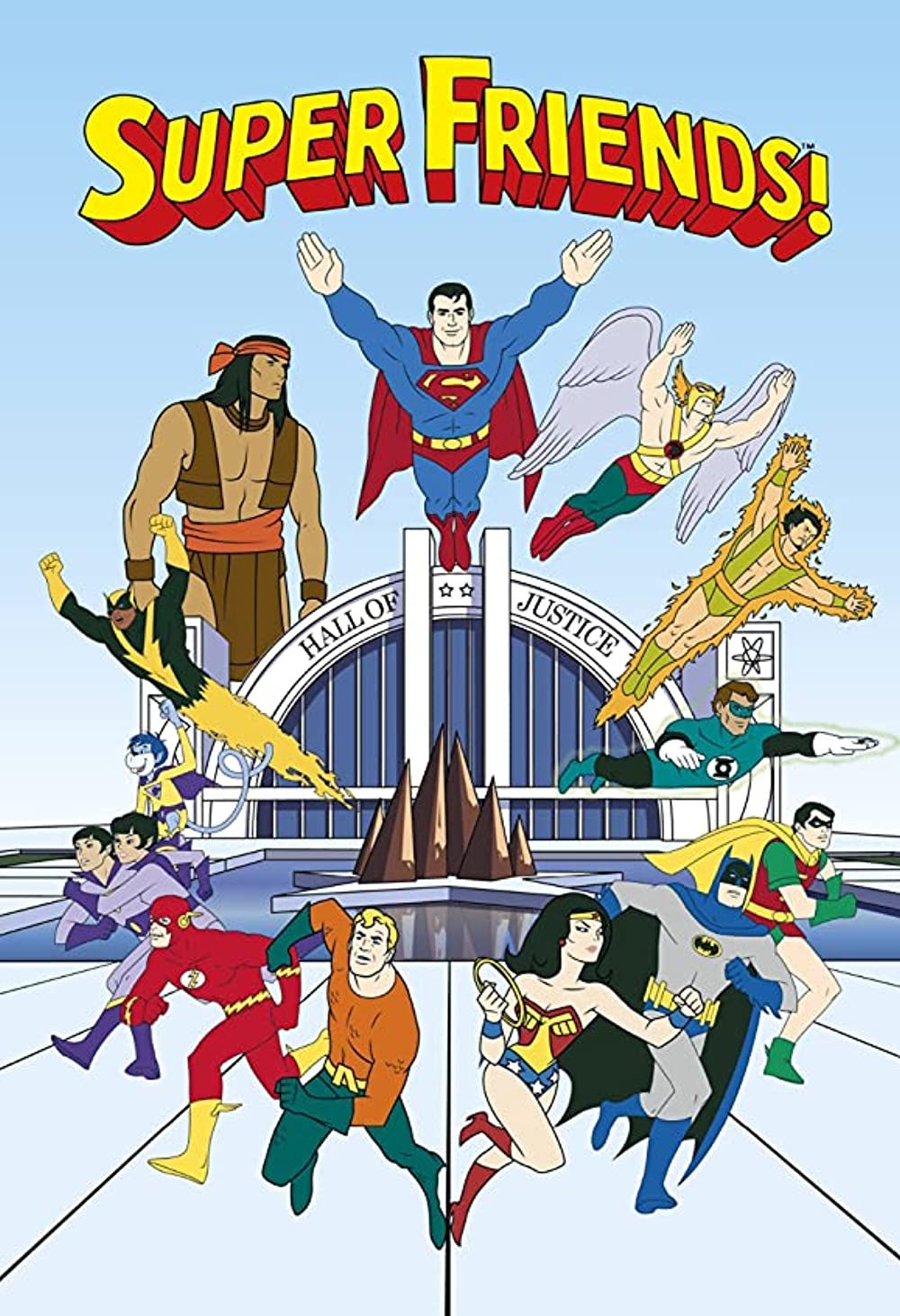
Remember the times when DC could be sweet and adorable and no one would have a problem with it? SuperFriends is a show from that bygone era, where the greatest DC superheroes assemble to fight evil forces. They are also helped by some young allies, and the Justice League was supported by apprentice superheroes, such as Wendy, Wonder Dog, and Marvin. There were even a few occasional appearances of DC heroes like the Atom and Flash, and the stories were tuned to suit a young audience.
This show was released in the aftermath of several parent watchdog groups protesting against some so-called violent content and getting them off the air. So do not be surprised to see surprisingly peaceful portrayals of your favorite superheroes. That might repel many hardcore DC fans, but once you look past that you will actually find a fairly enjoyable children’s show.
The villains here were mostly misguided and not really evil, and there are hardly any memorable conflicts in the series. It highlighted environmental issues and moral dilemmas, and the young apprentices could be quite annoying at times. If you are in for a comedy adventure with some life lessons featuring your favorite superheroes, go ahead and watch the SuperFriends as a guilty pleasure.
Sabrina and the Groovie Goolies (1970)
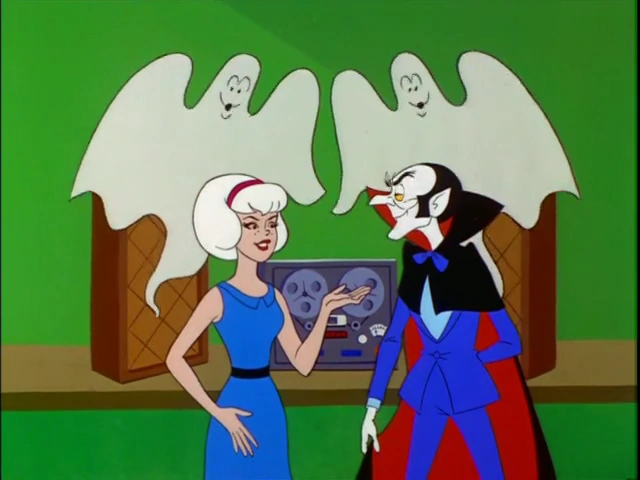
You know it is about to be hardcore children’s cartoon when monsters are a part of a band! The Groovie Goolies is actually a rock band that features the likes of Dracula, Frankenstein, and Wolfman. Sabrina is involved with the group, and while they do enjoy scaring people at times, nothing about them is even remotely scary! Welcome to the adventures of this teen witch, who lives in a creepy house surrounded by these friendly monsters!
This show managed to win our hearts because of how innovative the concept was. They literally took the most disturbing monsters from horror history and turned them into a kid’s best friends. They would occasionally be joined by other musical groups, like the Bare Bones Band, and the Mummies & the Puppies.
There were plenty of jokes punctuated in the narrative, and quick gags were fun to watch and an absolute mood lifter. The theme song was adorable, and the show was known for its musical prowess overall. Groovie Goolies is a wonderful spoof of old monster movies, and if you give it a try today, the fun bits hold up pretty well after all these years! The show certainly deserved to be more popular than what it ended up being.
Valley of the Dinosaurs (1974)

What happens when a normal family is moved back in time to the prehistoric era? Well, nothing much except for some terrific adventures that they become a part of! John and his wife take their kids and their dog for a rafting trip, but they end up getting caught in a dangerous river current. When they finally manage to surface after their boat capsizes, they find themselves in prehistoric times, where they encounter a friendly caveman and his family. They keep trying to return to their own time while they deal with life in those strange times!
Was it a coincidence that Valley of the Dinosaurs came out the same year as Land of the Lost? It probably wasn’t, but we aren’t complaining! It had quite an enjoyable narrative, even though the show wasn’t really about dinosaurs. The fantasy storytelling was loved by kids, and even though it was mindless stuff, we did not mind the cool action scenes and the trivia about dinosaurs. The animation was colorful and attractive for the kids, and there is a surprisingly generous amount of character development and quality voice acting involved, considering it was not to be taken seriously. We have to say that Valley of Dinosaurs was one of the most underrated 70s cartoon shows, and the show certainly deserved a longer run!
There are many other forgotten cartoon shows from the 70s, that set an example and a standard for the Golden period of a cartoon that was about to follow. Do let us know in the comments below about the shows that you liked best from this era!
